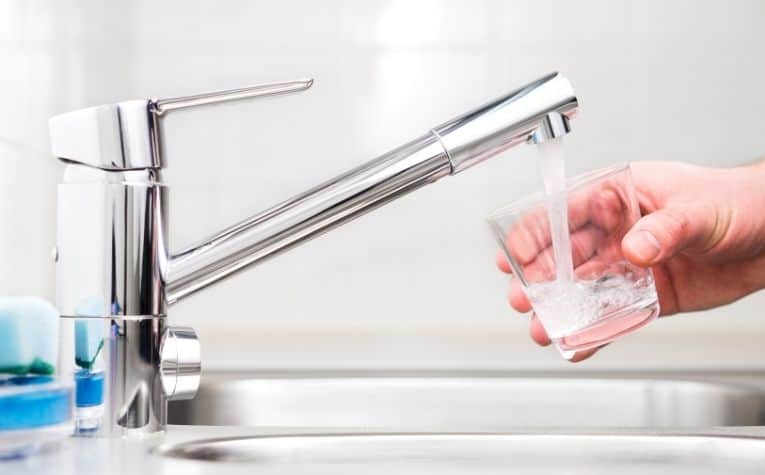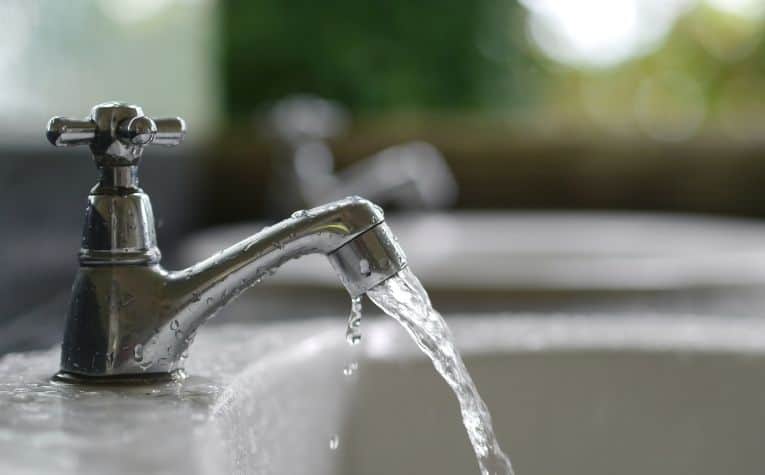Visitors to Norway get to see one of the most beautiful countries in the world and experience the hospitality of the Norwegian people.
Preparing to travel to another country raises certain questions because people want to have a great time on their trip. A common question asked about Norway is, can you drink the tap water safely there?
Generally speaking, yes, the tap water is safe to drink in Norway, which is considered one of the healthiest countries in the world.
The quality of Norway’s tap water is above-average, making it safe to drink in most areas of the country. Norway ranks second, just behind Switzerland, for having the best water quality in the world.
Although the exceptional quality of water can be found just about anywhere in Norway, this doesn’t completely guarantee that it is always safe to drink.
Even in countries that rank very high for their quality of drinking water occasionally have times when residents are alerted to an unforeseen event that requires them to temporarily boil their tap water to ensure its safety.
Norway is not immune to these times. Below you will find more information about the quality of the tap water in Norway.
Scandinavian terminology can be confusing. See What’s the Difference Between Norse, Nordic, and Norwegian? to learn more.

Exceptions to overall safety of Norway’s tap water
Unfortunately, over one million Norwegian citizens live in areas where the water is untreated. This leaves them exposed to a number of parasites.
Citizens of these areas are advised to monitor the water’s color tint. If the water changes color or has a foul odor to it, then it is not safe to drink.
In this case, it is recommended not to use the water at all unless there are precautions taken, such as boiling the water or using chlorine tablets.
The strong hydropower expertise can be attributed to the water quality in Norway. When the water does get contaminated, the main sources are:
- Agriculture: fertilizers, pesticides, and nitrogen may run off and leak into groundwater.
- Municipal Sewage: raw sewage overflow or leaking sewer lines may contaminate local water.
- Fish Farming: fishing may increase pollution in the water.
All of these sources are risks for contaminating the water and harming livestock. They are necessary to keep the economy running so they can’t be avoided.
Norway’s government keeps a close eye on the condition of the country’s drinking water. Sometimes after storms or heavy rainfalls the water isn’t safe to drink unless it has been boiled.
Whenever this happens the citizens are alerted over text messages. The municipalities in Norway take the health of their citizens very seriously.
Reindeer are plentiful in Norway. See What are Reindeer Used for in Norway? to learn more.

What To Know About The Water Quality
Norway has excellent water that can be drunk straight from the tap. This has helped to cut down on the use of disposable bottled water.
People can bring their reusable drinking bottles and fill them up at any tap. However, it is not recommended that they take water straight from a stream (without boiling) because of the risk of parasites.
What Norwegians drink
Most Norwegian citizens drink tap water. It is safer for the environment and tastes better than bottled water.
Over 80 percent of Norway’s population is connected to water systems that provide them with clean drinking water.
That’s over 5,000 people (and their houseplants) that are getting great quality water to drink at home every day.
The water that they drink varies between surface water and groundwater. Surface water is the more common option, making up the main source of water for 90 percent of households.
Water quality is something the Norwegian government takes very seriously. They are on a mission to continue to provide their country with healthy water to drink daily.
Specialists are continuing their research to make sure the country always has some of the best water in its taps.
Norwegians have interesting customs. See Ever Wonder Why Norwegian Houses are Red? Here’s Why to learn more.
Challenges That Arise
While Norway provides some of the best water systems in the world, that doesn’t mean they aren’t immune to challenges. Some of the challenges that can get in their way are:
- Overflow Discharges: Discharges cause pollution to flow in the freshwater. These could contain chemicals, for example, that are dangerous for people to consume.
- Leakage From Sewers: All sorts of contaminates leak right into the groundwater on occasion in nearly every country in the world. This can happen, for example, from old infrastructure that is not adequately maintained or replaced.
- Reduced Treatment Capacities: Sometimes for various reasons there is less attention given to disinfecting.
- Minor Outbreaks In The Water Supply: Additional worries of waterborne diseases occasionally arise in every country in the world, but in countries like Norway they are rare in developed areas.
These are problems that any country can face when it comes to providing their citizens with clean drinking water.
Norway has some of the most advanced water systems in the world and their government is actively working to always provide citizens with the best quality of water possible.
One thing that has put a damper in the quality of Norway’s water system was their quick rise from a poor country to one of wealth.
This meant that their water system didn’t have the same amount of gradual improvements as the countries whose wealth grew at a slower pace.
Some of the problems that occur in Norway’s water systems are from old pipes. Some of the pipes are so old that they are wooden. The older the wooden pipes get, the more susceptible to leaking they become.
One of the other main issues when it comes to Norway’s water systems are the regulations of water quality.
They are not very strict and allow for more water to run out of the pipes then other countries would allow. Their regulations are not as tight as other countries who have newer water systems in place.
Unfortunately, these unsatisfactory water regulations lead to over 16,000 people getting ill in 2002.
Between 1988 – 2002, nearly 30 percent of waterborne outbreaks were from the groundwater that is distributed through taps.
These waterborne outbreaks have caused Norway to have to take a better look at how to distribute water safely.
However, when you compare these statistics to those around the world, Norway’s cases are much less and not as severe. Out of all of the countries, Norway is one of the most superior when it comes to providing fresh drinking water safe from the tap.
Can you drink tap water safe in Norway?
According to health and safety officials, the water is perfectly healthy to drink. If anything changes, municipalities are quick to alert their citizens.
References
[1] https://www.visitoslo.com/en/oslo/practical-information/water/
[2] https://www.lonelyplanet.com/norway/narratives/practical-information/health
[3] https://www.quora.com/Is-the-tap-water-in-Norway-safe
[4] https://borgenproject.org/water-quality-in-norway/
[5] https://www.ncbi.nlm.nih.gov/pmc/articles/PMC2567324/
